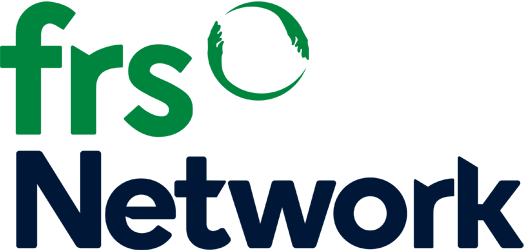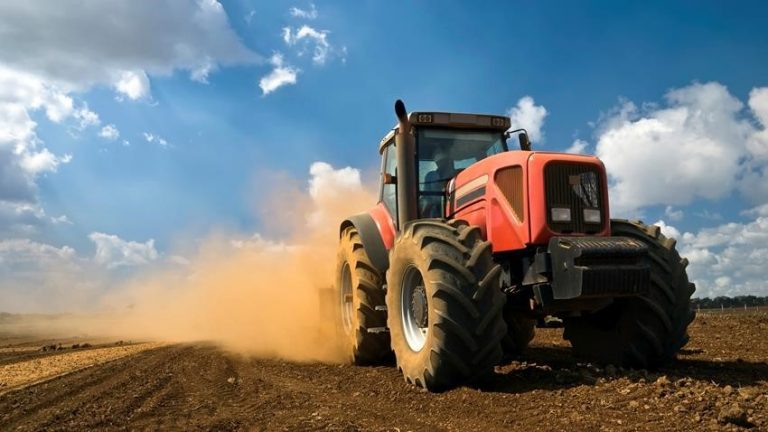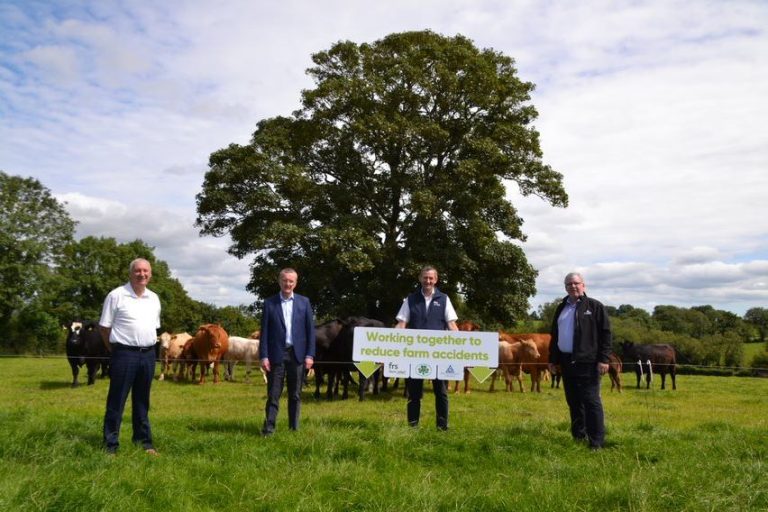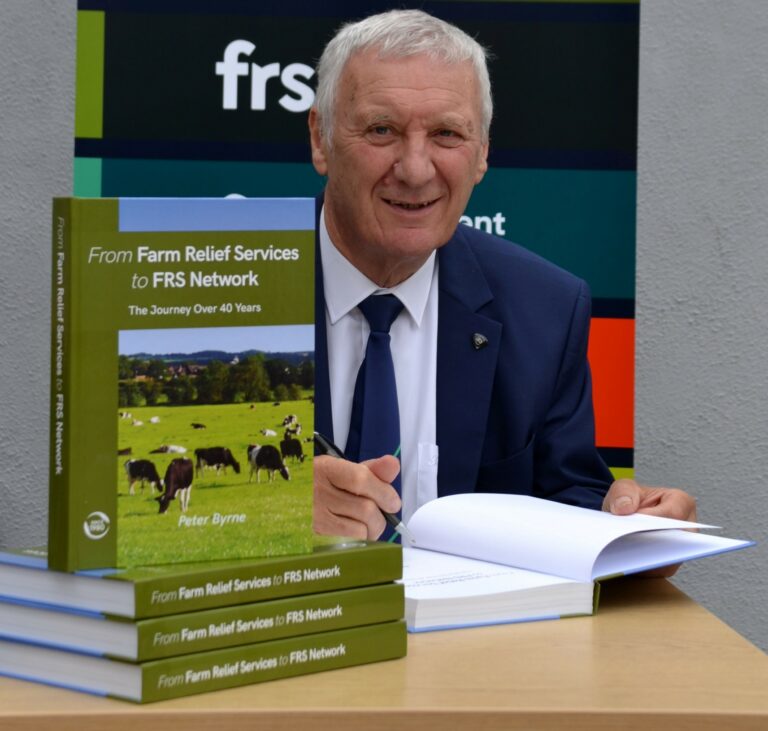At this time of year, most dairy herds are starting to experience a significant reduction in milk yield. Once cows are achieving a less 9 litres per day, it I time to start drying off. The purpose of the drying off period is to give lactating animals rest period. This will give the cow the ability to calve at the correct body condition and the ability to produce high quality milk during the next lactation season. A minimum of a 60-day dry cow rest period is recommended. Farmers need to plan in advance in ensure best practice and consider animal welfare.
When drying off cows, the method used can influence udder infections during the dry period. The risk of infection is approximately 5-7 times higher during the early drying off period and prior to calving. Good herd management must be followed at drying off to minimize the risk of infection.
Milk Quality
Farmers also need to consider the quality of milk as a cow nears the end of their lactation. Milk from low-producing cows may have an elevated somatic cell count. In turn, this may affect the bulk tank SCC even if the milk volume is low. This is more likely to occur when a cow produces less than 9 litres a day. It is important to note that the practice of once a day milking is not favoured. To decrease the risk of infection, farmers must aim to stop the milk secretion and seal the teat canal as rapidly as possible. We would recommend consulting your veterinary practitioner to identify the best of drying off products suitable for your farm.
What Cows To Select First
Set a suitable date for the final milking of each group of cows. It is better group them in batches to help manage this process, this will be influenced by factors such as calving date, body conditioning score, lactation number and diet. Pay particular attention to first and second calvers as they tend to be vulnerable groups when it comes towards the end of lactation and their body condition may be lower and may need extra rest time to recover.
Once the drying off date is set, ensure you have sufficient dry cow therapy available. Start preparing a week in advance. It is recommended to reduce concentrate feed three days in advance to less than 2kg per cow per day. Farmers can cease concentrate feeding if they are indoors. Separate the cows you plan to dry off from the main herd and house them in a different shed or move them to a paddock with minimal pasture. Water should be readily available throughout the drying off process.
Using Dry Cow Therapy
Milk out as usual and draft the relevant cows to a separate pen, return these cows to the parlour after milking is finished. Use teat wipes or cotton wool and methylated spirits to clean thoroughly the teat end, using clean disinfected nitrile gloves take the tube and with thumb, tip off the cap and insert into the teat canal fully and dispense. Hold the teat end with thumb and fore finger and massage up along the teat to work in the contents, some treatments may require a teat sealer this is inserted inside the teat and left alone, do not massage it up as it function is to block any infection near the teat canal opening, when completed cover the whole surface of each teat with teat disinfectant. Always ensure you wash and disinfect hands before moving onto the next cow.
Record In Herdwatch
Always record each tag number, the tube used and the date of drying off. This can be recorded in Herdwatch. The FRS Herd watch farming app allows you to record all remedies and treatments for compliance and sends them directly to ICBF.
After drying off, a maintenance diet can be continued for 3-4 days. Avoid leaving cows in yards or roadways immediately after the event. For at least two hours post drying off, do not allow them to lie on areas that are soiled with manure or bare ground. This is to ensure infection does not set in.
For the following 3-4 days keep cows outdoors in a dry clean paddock, away from the parlour and main herd. If they have to be housed indoors check them daily and batch them away from the parlour and the main herd. It is important to maintain the cubicles & lying area in the shed in a hygienic manner throughout the winter months.
Find out more about Herdwatch by visiting www.herdwatch.ie. For all your farm relief services needs visit www.frsfarmrelief.ie. And remember to book your milking operator now to ensure availability in spring when calving starts again.




